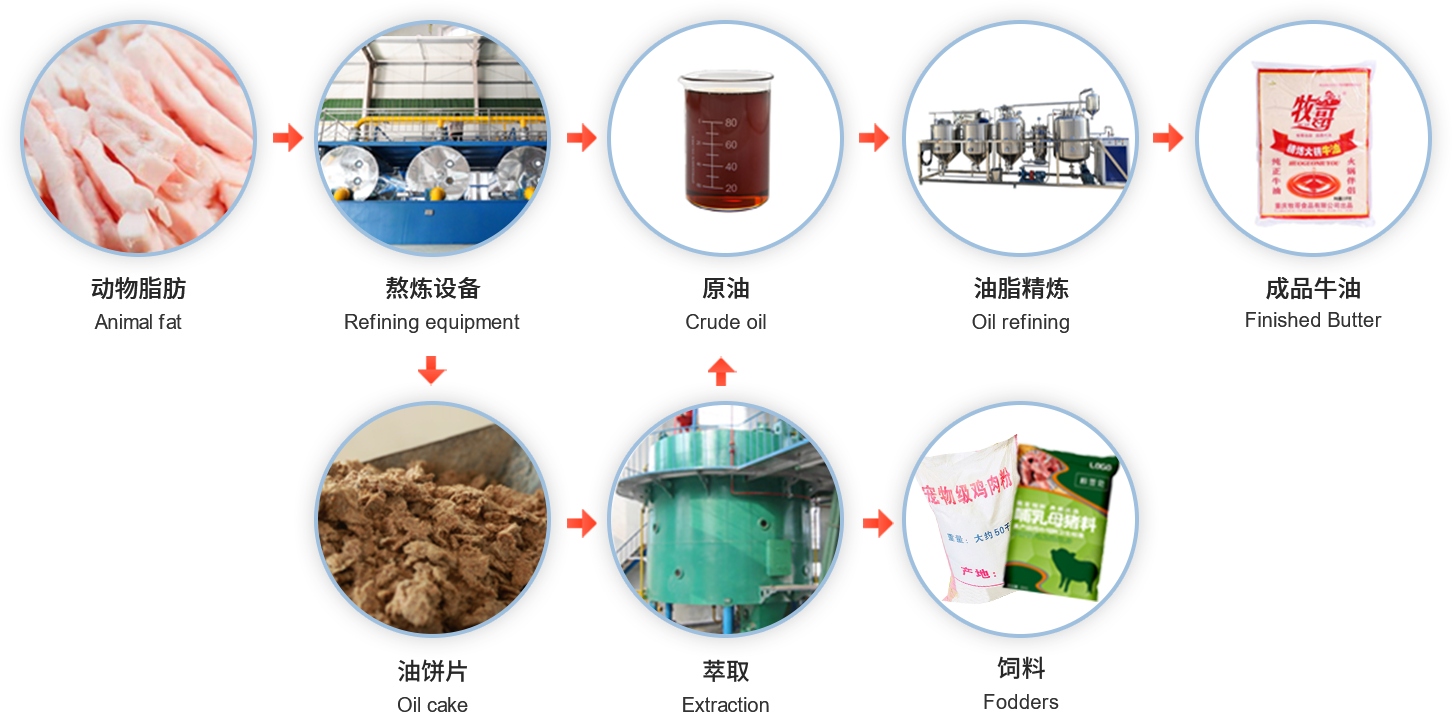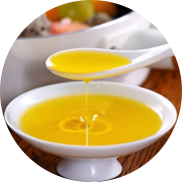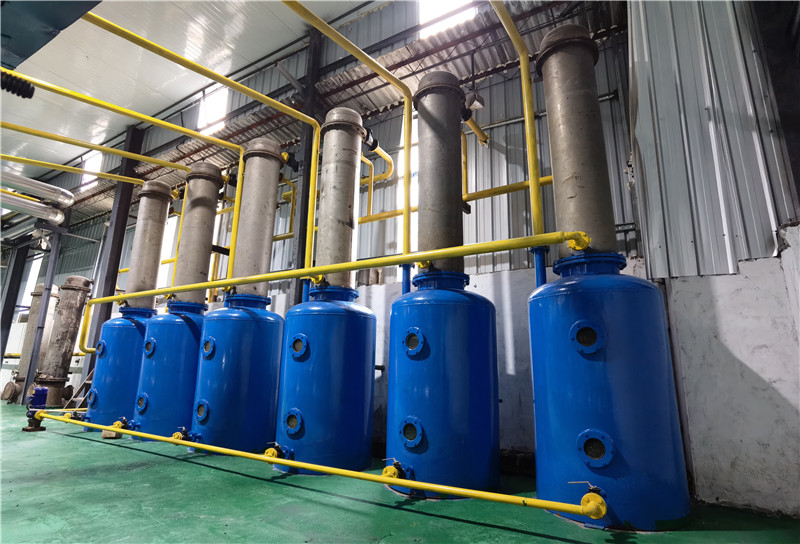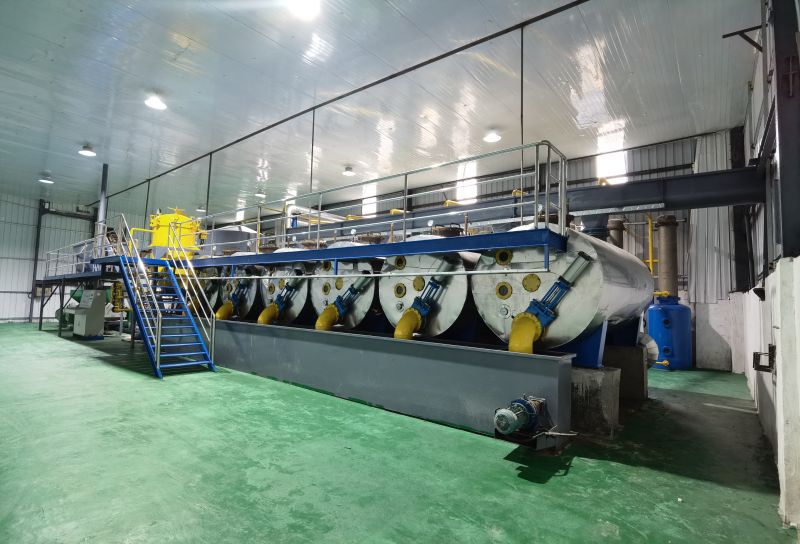153-0373-2222
138-3908-0089
Vacuum Negative Pressure Melting and Deodorizing Section
This process adopts an environmentally friendly vacuum negative pressure melting pot for animal oil. Under vacuum conditions, the animal oil raw material can quickly achieve separation of oil, water, and residue. The raw material is preheated in the preheating pot to a solid-liquid mixed state and then vacuum-transported to the melting tank for heating and melting. At the same time, the stirring device is turned on to ensure uniform heating without sticking to the pot. This process uses an environmentally friendly vacuum negative pressure melting pot, which has a large heating area and is well-mixed, resulting in fast melting. It effectively avoids the formation of dark oil and raw or charred material due to prolonged heating in the pot.
Since the raw material contains a large amount of water, the melting temperature can reach 70°C, which automatically initiates vacuum dehydration. The vacuum level decreases with the increase in steam evaporation during the dehydration process, and the vacuum level is maintained in the melting pot. At the same time, water molecules and odor micro-molecules in the raw material are quickly separated from the oil under vacuum conditions and flow into the tube condenser, where they are condensed into distilled water and collected in the separator.
The method of melting oil is a crucial factor in determining the quality of the finished oil. This process uses vacuum melting and drying, with the following features:
(1) Melting is performed under vacuum conditions, which can eliminate moisture in the raw material, resulting in dry oil and residue.
(2) Since the equipment is closed, the entire melting process can completely avoid air oxidation of the oil, preventing an increase in peroxide value and a deepening of color.
(3) It ensures the production of high-quality oil. The oil contains organic substances (vitamins, stearyl alcohol, lecithin, etc.) that can improve the edible value and storage stability of the oil.
(4) Partial deodorization of the oil and elimination of unpleasant flavors.
(5) High-quality oil residue is obtained because protein is almost unchanged during vacuum melting.
(6) Reduction of heat loss during the melting process.
























































